
You've probably heard of RCS messaging. The new standard has been promoted by Google as their answer to iMessage and is the backbone behind the new "Chat" features in Android Messages. With RCS, Android phones will now enjoy enhanced messaging like iPhone users have had for years — but is it really the same?
RCS stands for Rich Communication Services. Think of it like a replacement for the ancient SMS standard — messaging based on your phone number, but enhanced thanks to the power of the web. Instead of using SMS networks, your messages will travel over cellular data and Wi-Fi, and that massively changes how it operates.
But the thing is, RCS is more than just a carbon copy of iMessage. There are some serious advantages to RCS messages that arguably make it an even better service than iMessage. In a few years, nearly all smartphone users in the US will be covered. And when that happens, iPhone users might be envious of the green bubble instead of the other way around.
Similarities Between RCS & iMessage
When the GSM Association published the first RCS Universal Profile in November 2016, they set out to enhance SMS messaging in every aspect possible. With Apple's iMessage being out for several years at this point, and it being a gold standard for messaging, the GSM Association included several of the enhancements Apple had added to the platform they hope will replace SMS in the not too distant future.
Both platforms operate over the internet, which means sending and receiving messages uses cellular data. This change also makes it possible to send a message via Wi-Fi when your mobile data signal is low, or you are low on data (although we imagine that, like with iMessage, wireless carriers won't count this toward your monthly allowance).
Because of the use of data, messages can be sent across devices, allowing you to start a conversation on your phone and continue it on your computer or tablet. As long as you are logged in to the same account, you will be able to talk to users wherever you go.
Both platforms let you receive a visual read receipt indicating when messages are read by the recipient. This feature is optional and can be turned off in settings. RCS and iMessage both support tying indicators, so you can see when the corresponding party is typing a message..






Group Chat is another feature shared between the two messaging platforms. Both let you give the group names, add or remove users, see when users join, mute notifications, and leave the group. Typing indicators are still available, letting you know when a member is typing a message. And as with 1-to-1 message, files can be shared among group members, including audio messages and images, which all group members can access. You can also share your location with users, both in a group chat and 1-to-1 message.






Both support chat boxes. When businesses integrate their service into the platform, users can text bots for an app-like experience within messages. Users can interact with features found in the app, such as making purchases and calling the company number. If there is something which can't be done in the messaging, the bot will direct you to a specific page to continue the action.
Differences Between RCS & iMessage
While both platforms share a lot of similarities, there are some differences. The most significant advantage of RCS (and difference with iMessage) is it will work with any phone. Although Apple will need to include support in their devices, Google has been a backbone of this new text messaging standard, even buying Jibe Mobile. Using the Jibe Cloud platform, Google has helped carriers launch RCS quickly by providing them a way to implement interoperability.
As a result of this effort, RCS messaging works across all phones. As long as the wireless provider, device manufacturer, and operating system support the feature, messages can be shared using this new standard.
So unlike iMessage, which is limited to Apple devices, RCS messages can be conducted with Android phones. Apple is currently engaged in talks with the GSM Association to include support for RCS on iPhones. If these discussions prove fruitful, Apple users can enjoy iMessage-style conversations no matter if the recipient is on Android or iPhone.
With so many moving parts, RCS has seen a much slower adoption rate than Apple's rollout of iMessage, but at the time of this writing, the US is almost there. Sprint, US Cellular, and Google Fi have all adopted the Universal Profile. Verizon and T-Mobile are coming soon, with only AT&T subscribers left in the dark.
Another significant difference is encryption, or the lack thereof, in RCS. While GSM Association initially wanted to include end-to-end (E2E) encryption, it was dropped in Universal Profile. While RCS does use encryption while the message is in transit, this isn't the same as end-to-end encryption, as messages can be unencrypted in certain stages. This can include the network providers and app vendors, which means there are parties who could theoretically access your messages. iMessage is E2E encrypted, so messages are completely unreadable from the time they leave your phone to the time they hit the recipient's phone.
Then there are the small advantages each platform has over the other. Group Chat is limited to 33 members in iMessage. RCS offers 100 members. Apple iMessage limits file transfer to 25 MB. RCS limit is four times greater at 100 MB. Currently, Android users can use multiple apps to conduct RCS messages.
All Android devices compatible with RCS can use Android Messages. Samsung devices can also use Samsung Messages, and Japanese subscribers can use +Message. A future version of Android will add an API for RCS, at which point all third-party messaging apps will be able to take advantage of RCS. iMessage is limited to Apple's Messages app.
Because iMessage has been out for years, it already has hundreds of businesses already integrated into the service. RCS has far fewer business, as it rollout is still underway. Besides businesses, iMessage also has several app integrations that improve the experience. These additions can include stickers, games which you can play with friends, the ability to send money, and much more. None of these features are currently part of the Universal Profile, although they can be added later.




iMessage also lets you create handwritten notes which you can share with others. You can respond to messages using an expression by double tapping the message and choosing the "Tapback" you wish to send. There are also add bubble effects and screen effects, which animate your messages. There is support Animoji messages and camera effects to liven up photos and video which you send. Using Digital Touch, you can send sketches, taps, and even a heartbeat to others.




So iMessage is definitely the more feature-rich, mature platform right now. However, with time, all of these features and more could be added to RCS. The standard itself has already paved a pathway to add such features.
For instance, according to Universal Profile 2.2, RCS supports plugins. Plugins will be similar to iMessage apps in the sense that they'll add functionality and you'll be able to download them from a "store." There are two types of plugins, uni-directional, which only requires the sender to have, and bi-directional, which requires all parties to have. With these plugins, users of RCS messaging could add games, stickers, and more. It is even theoretically possible a plugin could be added for end-to-end encryption, removing that barrier from RCS messages.
RCS Is Much More Than Messaging
For RCS, the differences don't stop there. There are several features which will come later to the public. RCS is a service that isn't limited to just messaging. It actually encompasses phone calls and video calls. With RCS, all phone calls are VoIP. These calls can be made using LTE (or 5G) data or Wi-Fi. Video calling is also available on both networks.
What is different about this is that this can all be integrated into one app. Currently, if you want to make a call in iMessage, it will redirect to you the phone app to make the call. The same is true for video chat and FaceTime app.
With RCS, this could change. You could make data-based calls within the app. This could mean new apps (and updates to the current app) which combine the features of messaging and the phone app in one configuration (similar to Google Voice). And with the addition of audio and video calling, visual voicemail will also be necessary, which is included in the platform as well.
For businesses, RCS is a game changer. RCS can improve how business interacts with users and make sending messages an option with much higher interaction rate. With RCS, buying tickets for the movies can now include custom branding and a hi-res image. First off, the message can be sent with a verified badge so that users know this is from a specific business and not a series of random numbers. Quick replies can be available to make it easy to interact with the company. Buttons can also be made available to conduct simple actions such as calling the theaters to confirm or change the movie times.
The potential of RCS is great. While iMessage users have been enjoying many of these luxuries for years, RCS is opening this to the rest of the world. With RCS, not only can Android users benefit, but potentially Windows and Linux PCs, and even Apple users. And because of its potential, it can be expanded exponentially.
This article was produced during Gadget Hacks' special coverage on texting, instant messaging, calling, and audio/video chatting with your smartphone. Check out the whole Chat series.
Cover image and screenshots by Jon Knight/Gadget Hacks






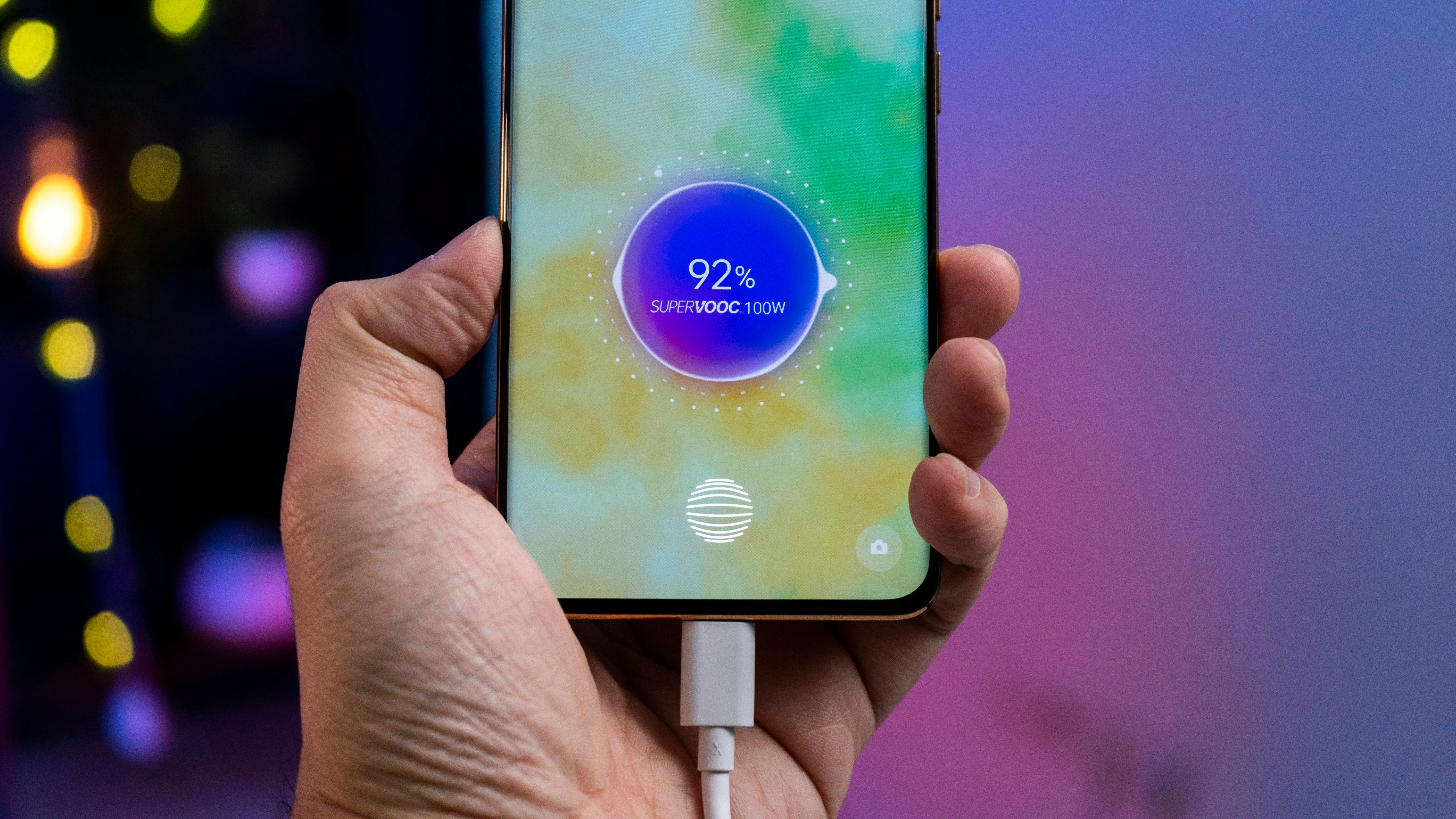


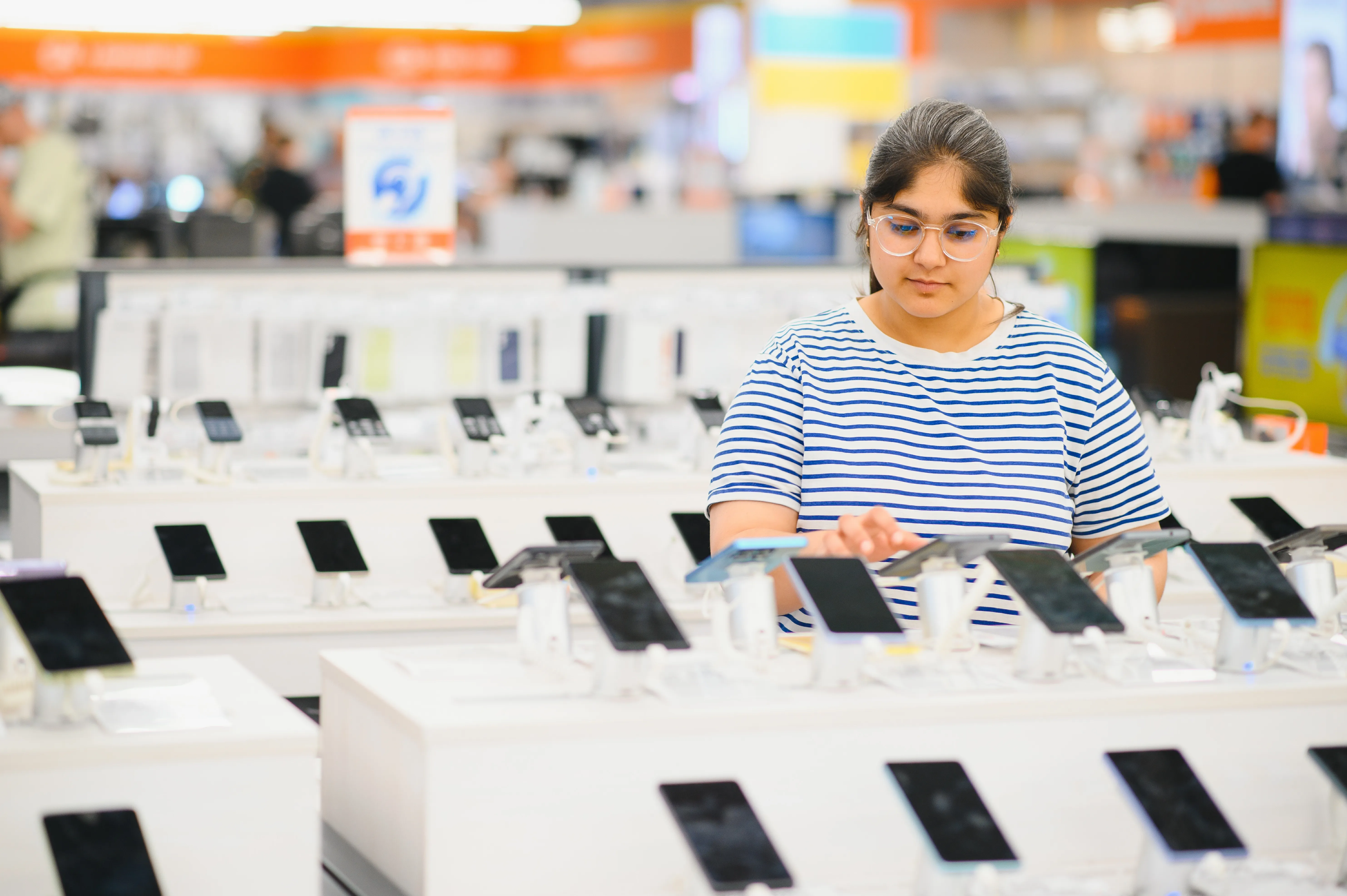
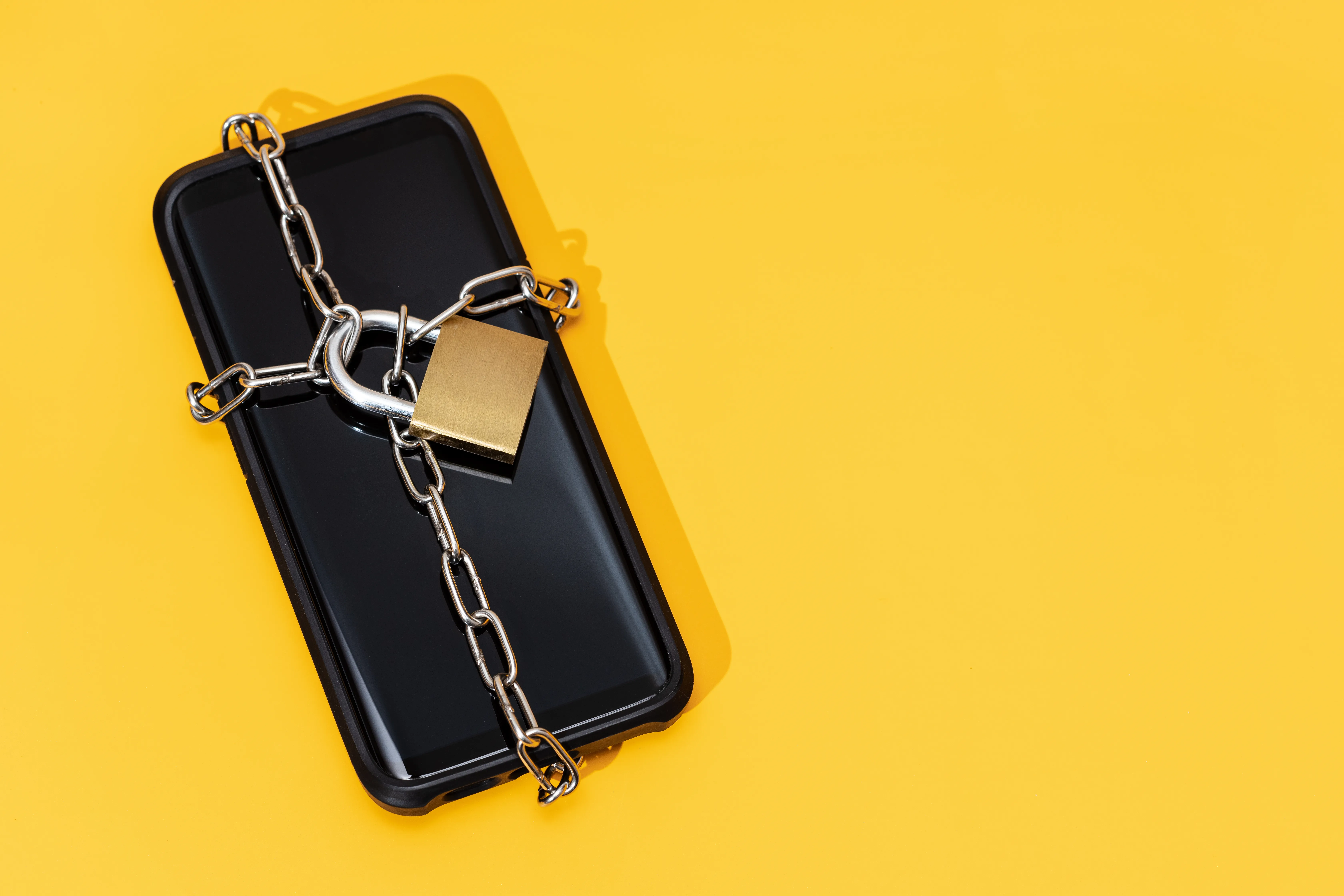
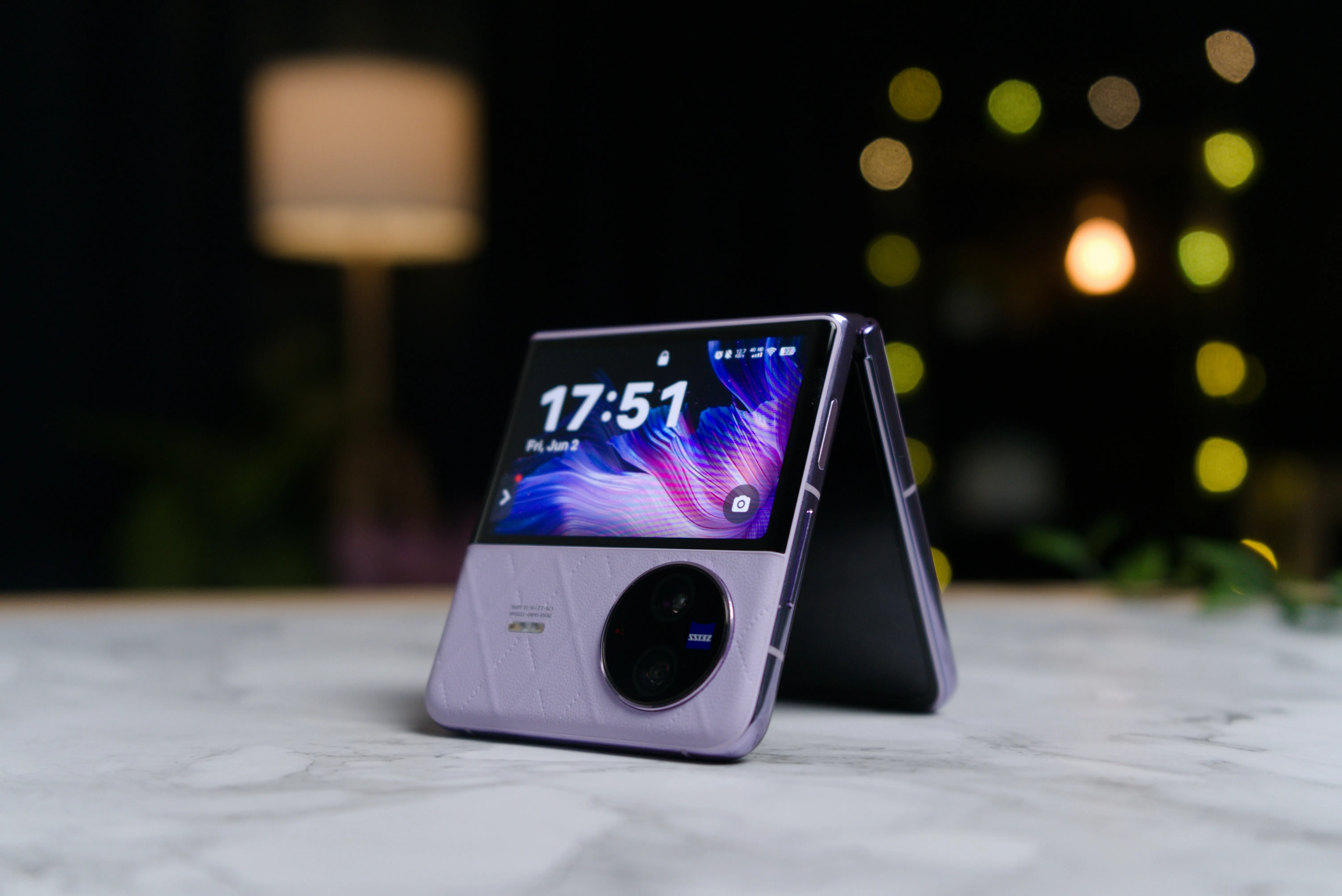
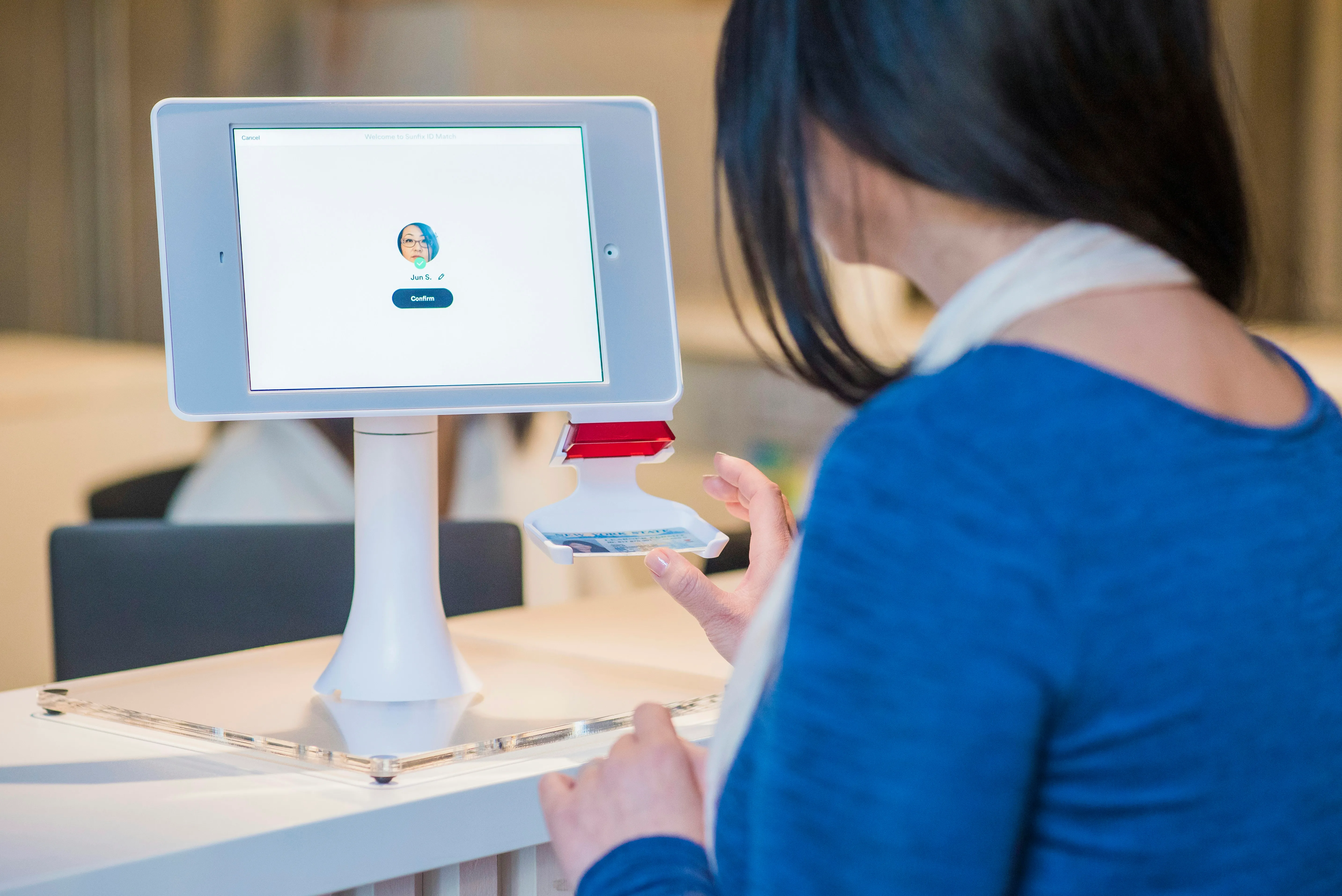

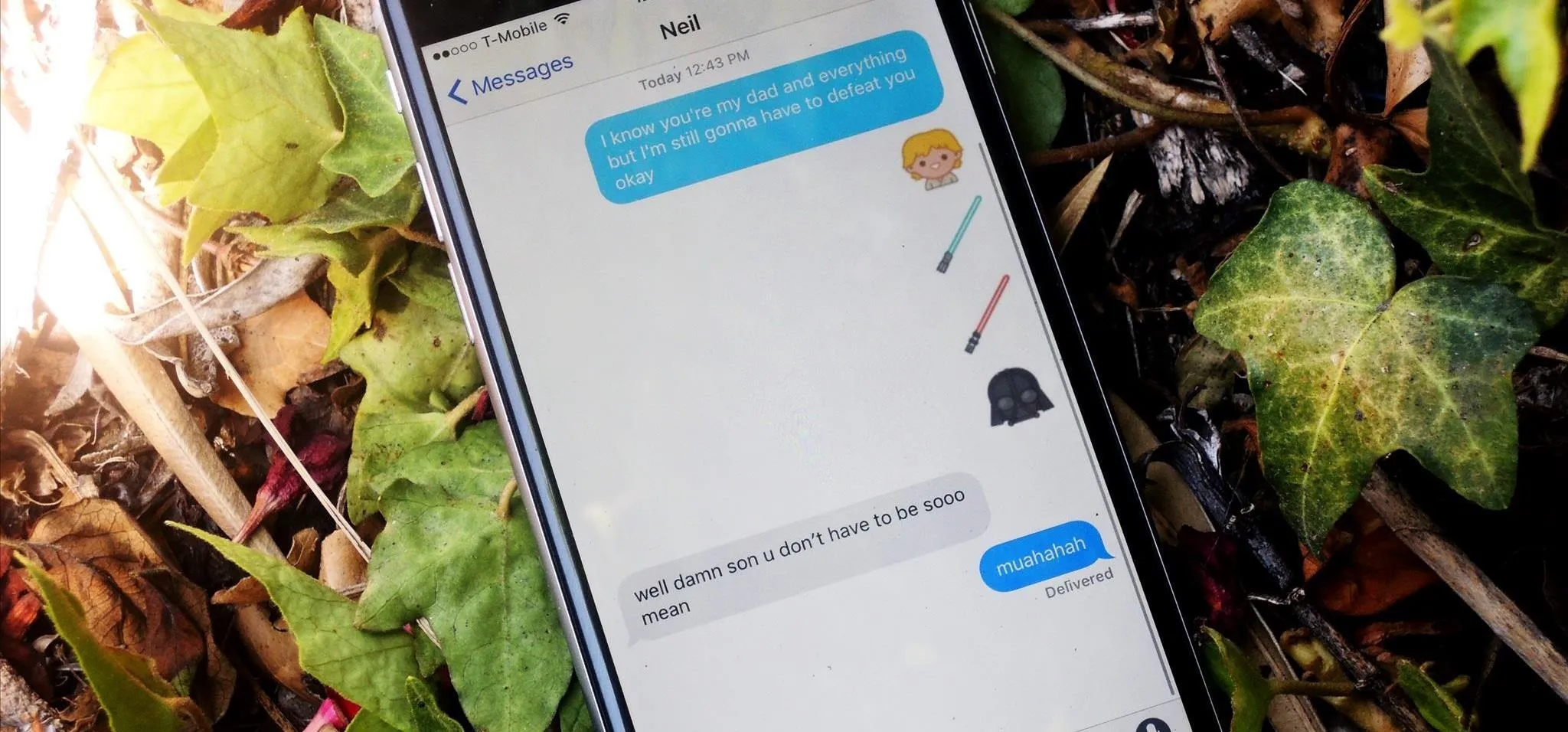
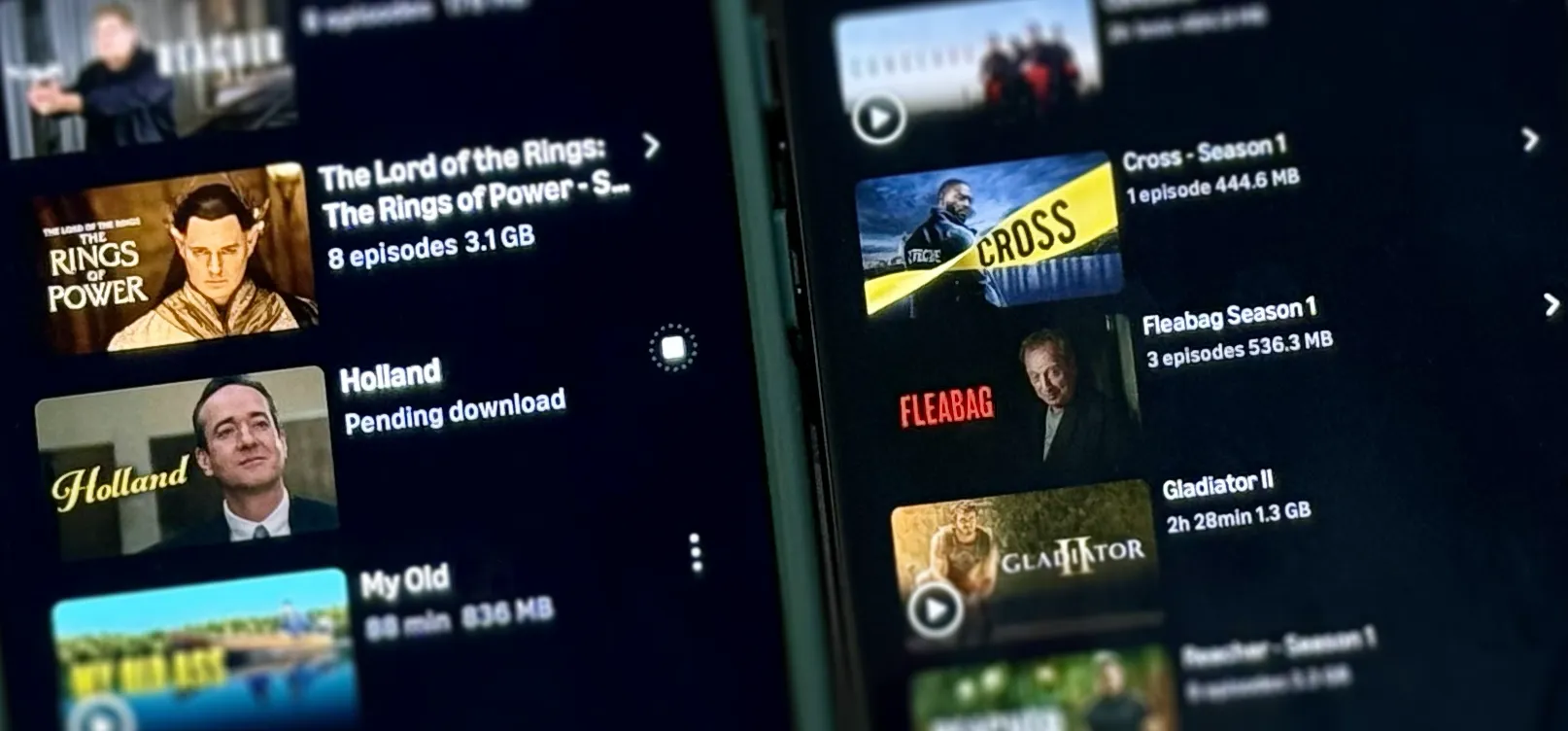

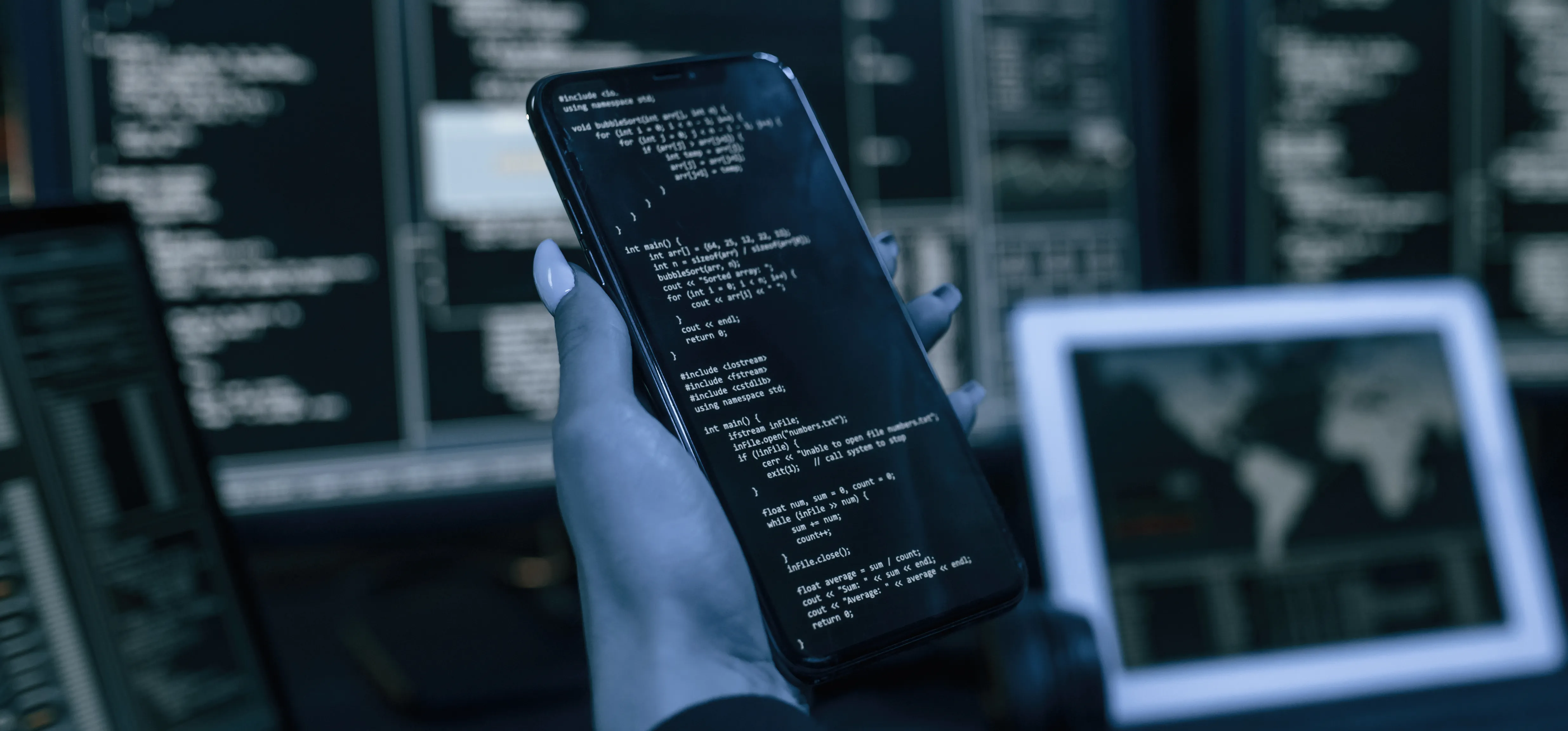

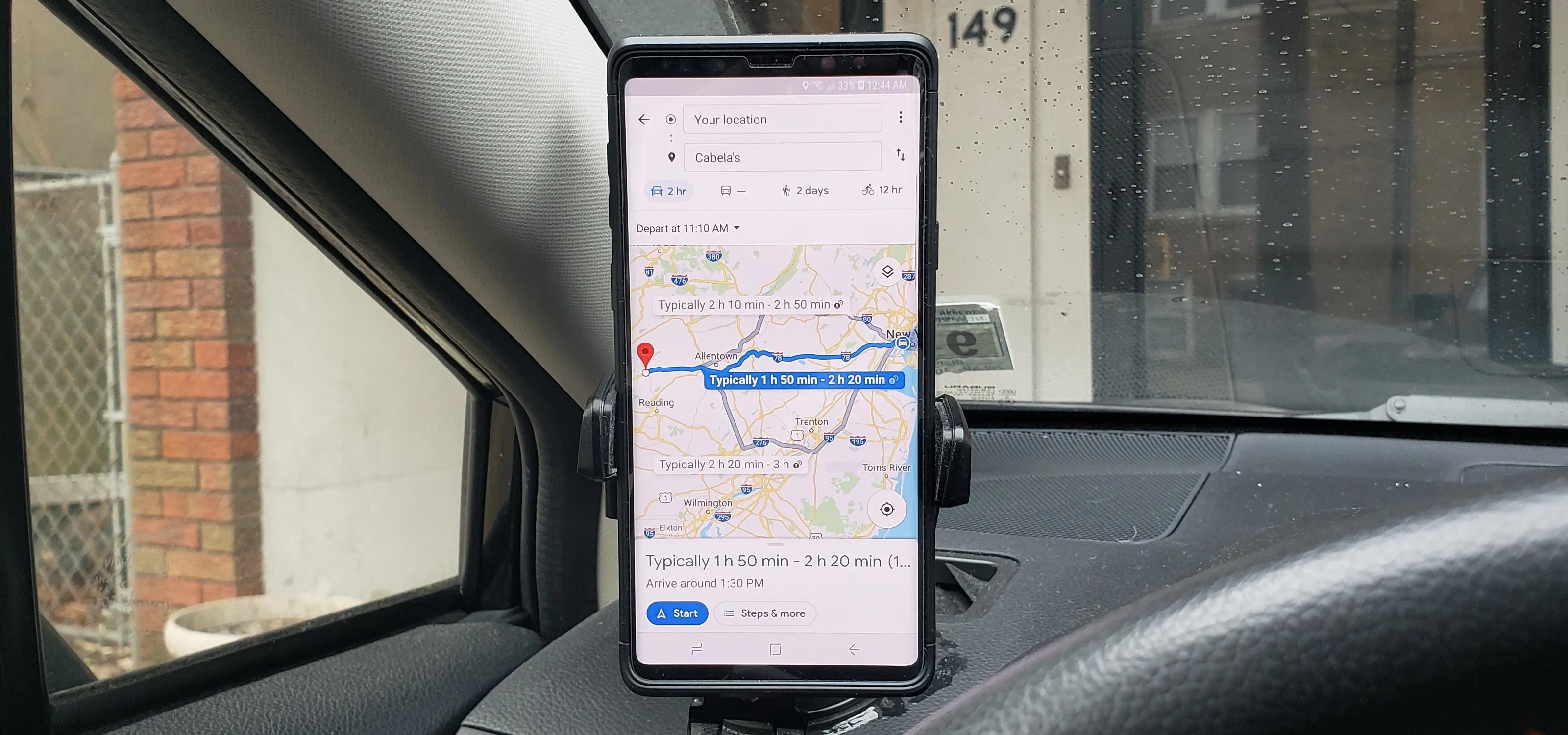
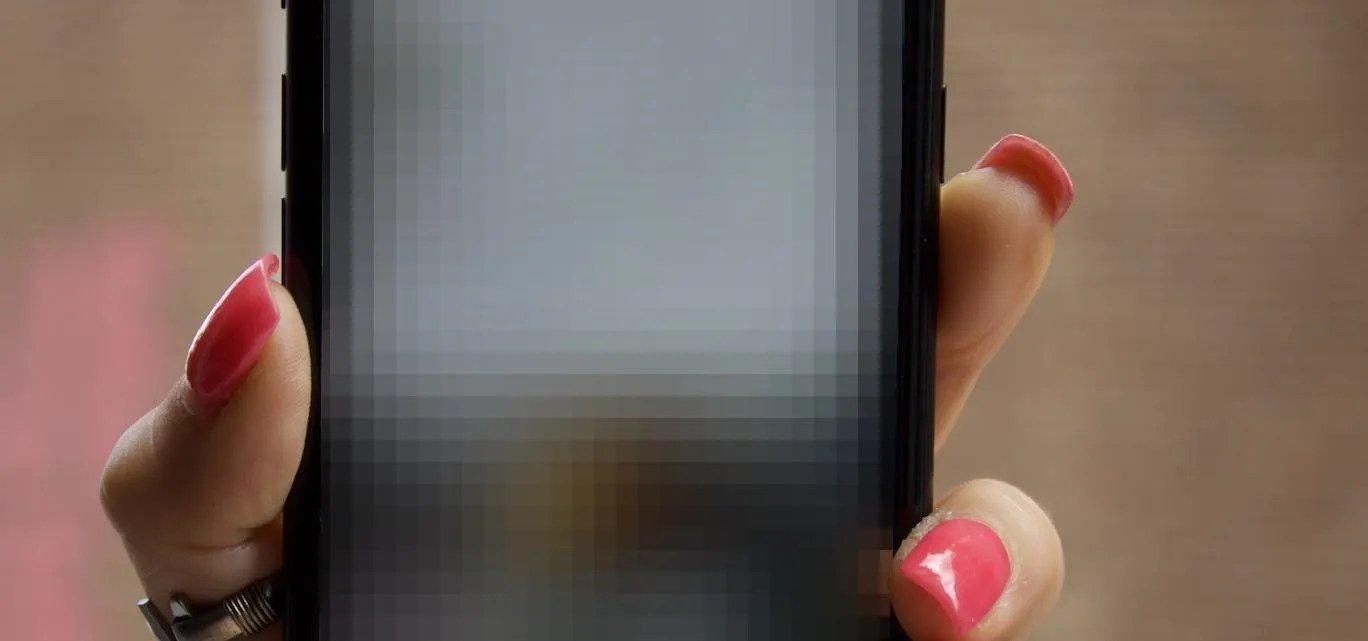

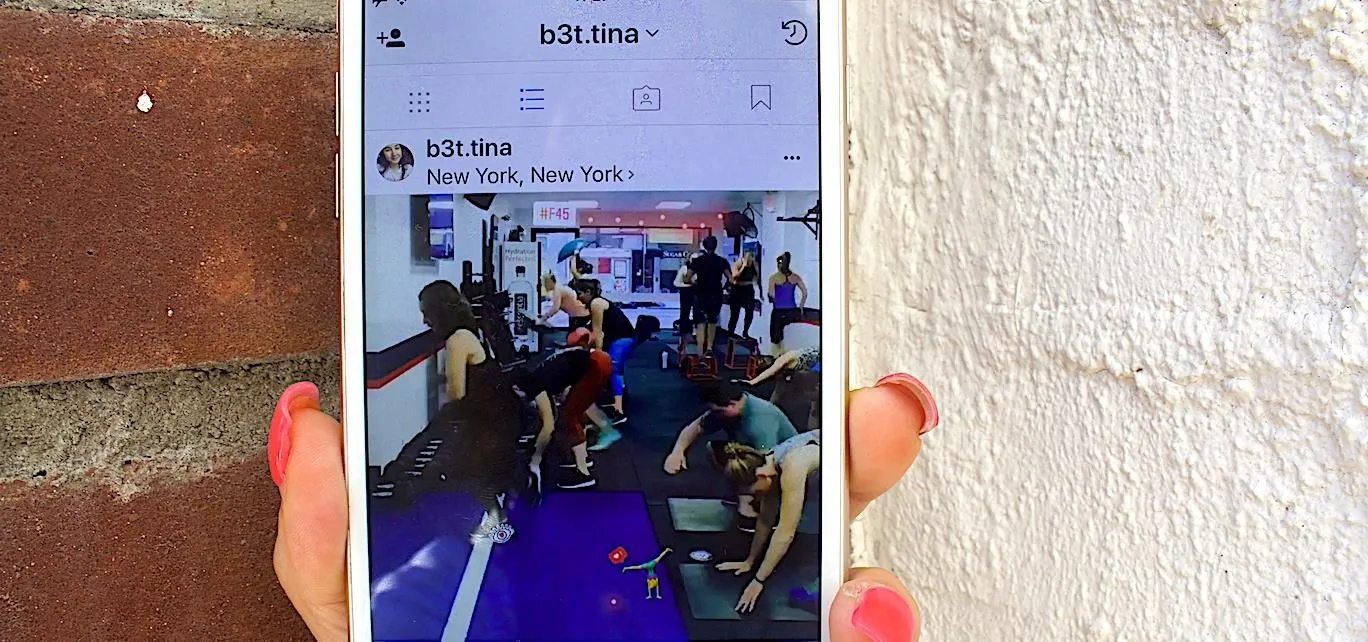

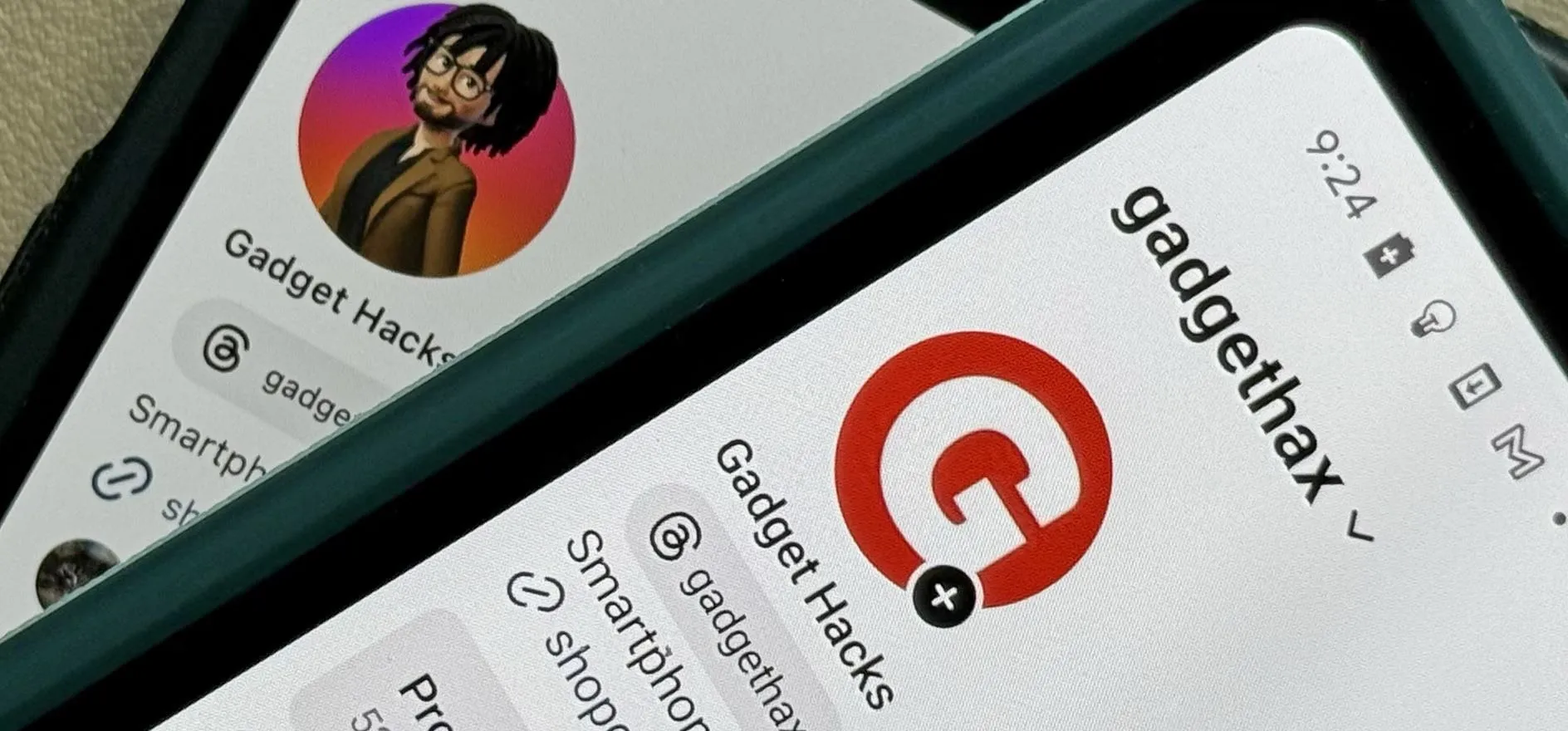
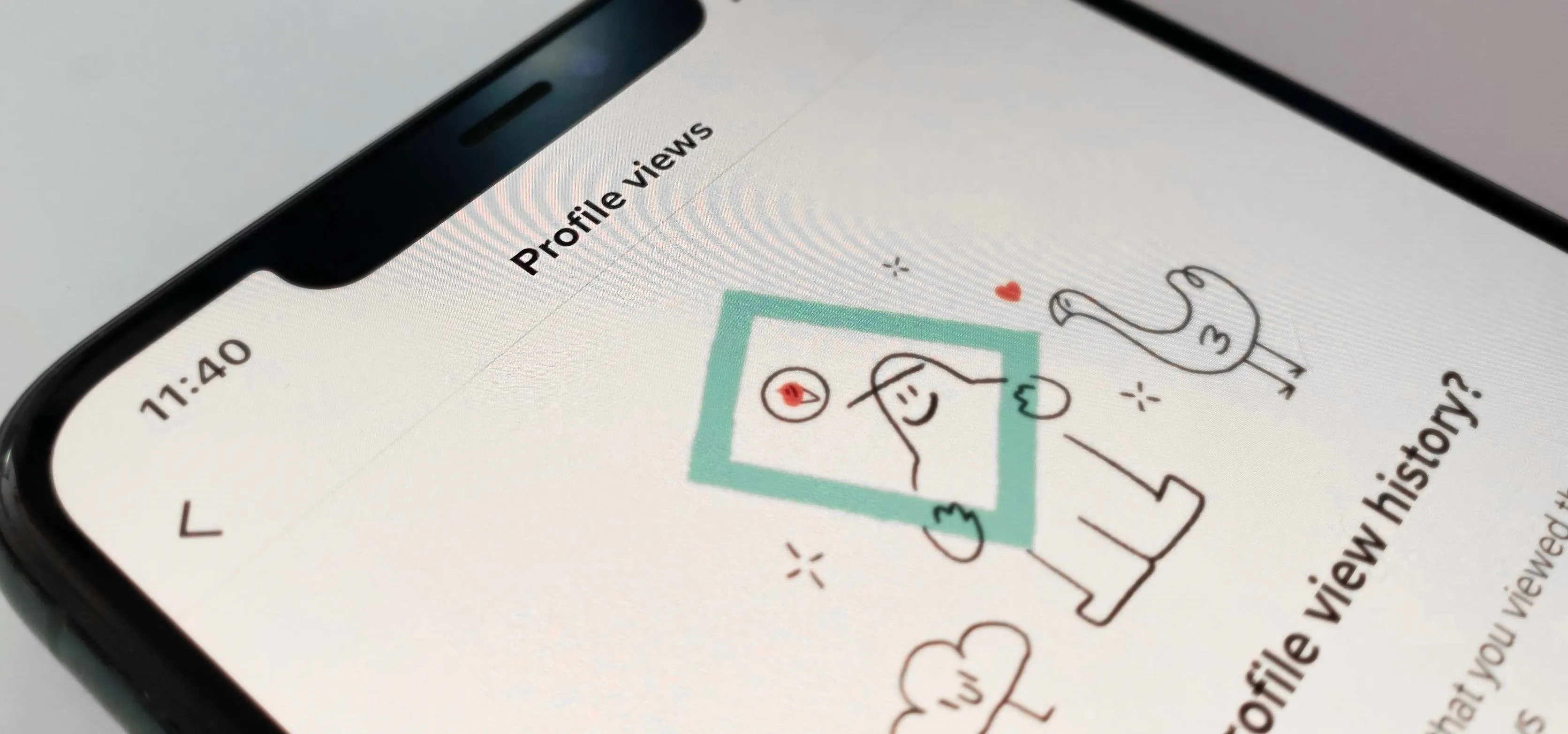
Comments
Be the first, drop a comment!